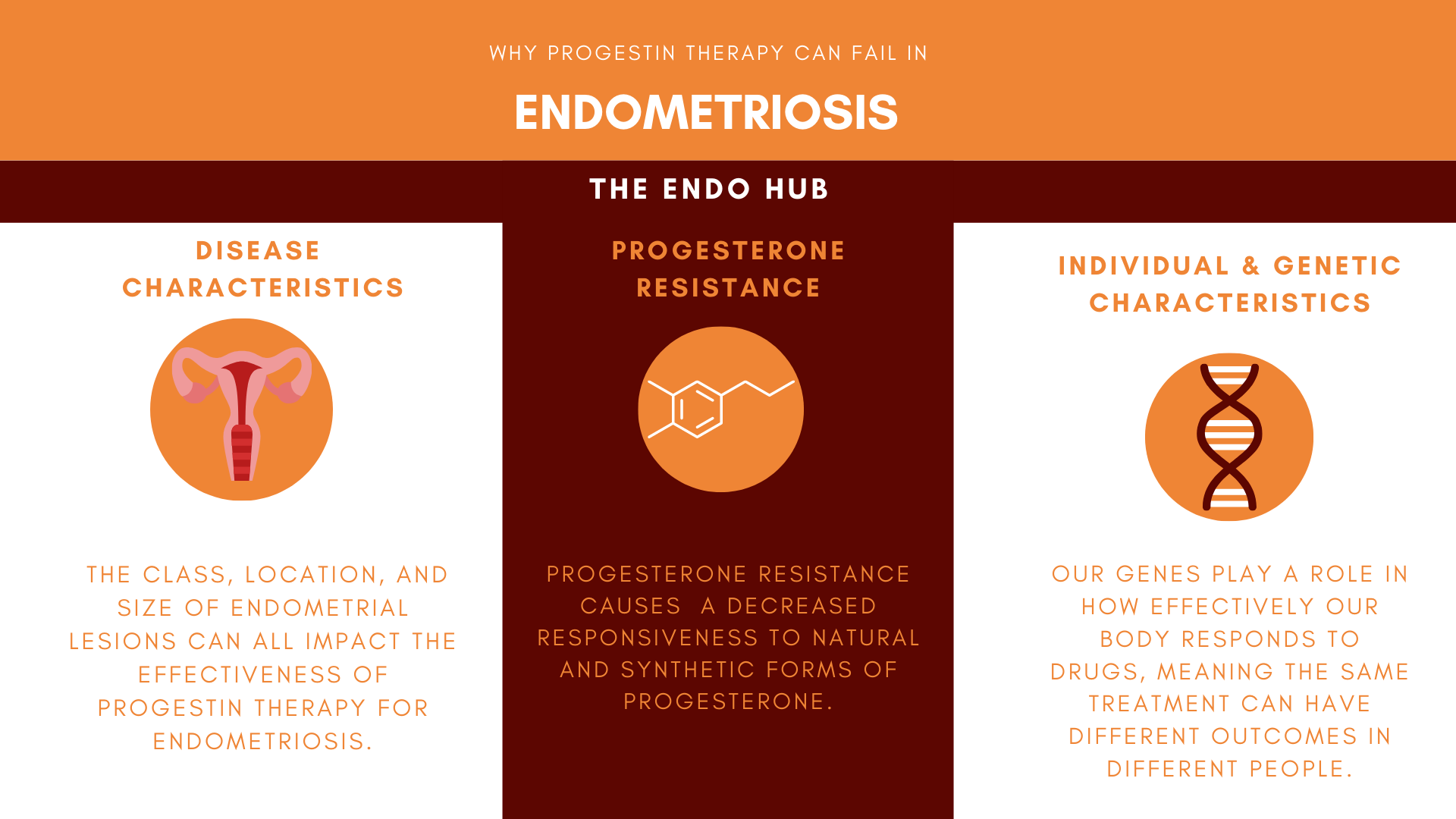It currently takes 8-12 years to diagnose endometriosis1.
But could you imagine if it could be diagnosed with one, quick test?
We might be closer to this than you think.
What causes the delay in diagnosis?
The delay in diagnosis is thought to be caused by medical professionals dismissing the pain and other symptoms that patients present with. Some of these symptoms are similar to other diseases, which delays referral to a specialist2.
Once a patient has been referred to a specialist, they can only be diagnosed with endometriosis by keyhole surgery (laparoscopy)3. Scans such as rectovaginal ultrasound and pelvic MRI can also be used to find endometriosis before surgery. Unfortunately, the reliability of scans can vary depending on the type and location of the disease3. For example, superficial endometriosis located is often not seen on ultrasound or MRI3,4. Ruling out endometriosis due to negative imaging also causes a delay in diagnosis4.
Why is a diagnosis so important?
It is important to accurately diagnose conditions because:
- it allows for a treatment plan to be made that best suits the patient’s specific needs 4
- it saves time wasted on misdiagnosis4
- it gives patients the chance to have their experience labeled and acknowledged, and validated5.
Diagnosis also affects the relationship one may have with their condition and can give them hope that progress is being made in their care4,5.
From the statistics and research on endometriosis diagnosis1,2,4, it is clear that a change is needed in the way the disease is diagnosed.
Biomarkers could be a newfound hope in the battle against endometriosis.
What is a Biomarker?
A biomarker is a ‘biological marker’ that can be measured within the body, that can give us information about our health. This includes information on diseases, exposure to chemicals, or how likely we are to develop a certain condition6. Biomarkers can not only serve as a less invasive and affordable way to diagnose a condition but also be used as a target for treatment and show how well a patient is responding to therapy6. An example of a commonly used biomarker is blood pressure monitoring for high blood pressure.
In order to find a biomarker, scientists research a specific process of how a disease develops and find out what ‘trace’ is left behind by the cells involved. However, as no one specific cause of endometriosis has been identified, a range of factors can be used as potential biomarkers7.
How can biomarkers be used for endometriosis?
As with many other diseases, the cells involved in endometriosis leave a trail of breadcrumbs behind. Studies have shown that endometrial lesions can leave behind a trace in hormones, inflammatory molecules, immune system molecules, and microRNAs8. Among the potential identified biomarkers for endometriosis, microRNAs have proven to have the most potential7,8.
What are microRNAs?
MicroRNAs (miRNAs) are short ‘strings’ of information that can block certain genes from being expressed. All the cells in our body contain the same DNA, but the differences between our cells are decided by which genes are switched on or switched off (gene expression). miRNAs are responsible for deciding which genes are switched on, or switched off. They can be found in bodily fluids such as blood, saliva, urine, and tears9.
What do miRNAs do?
Our bodies have many cells that all need to communicate with each other for us to be in good health. In order for cells to communicate with each other, they use signaling pathways. These signaling pathways carry out many functions, from telling your body how to make what needs, to sending messages to your brain to carry out an action10.
miRNAs play a key role in controlling these pathways11. miRNAs give signals on which genes should be switched on or off, allowing a pathway to function. However, when a miRNA does not work properly, it can give the wrong signals on which genes to switch on or off, and the pathway that it is responsible for can make mistakes when communicating with other cells9,11. Think of the miRNA as an orchestra conductor. The way a conductor gives signals to each player on what notes to play, and when, is similar to how miRNAs give signals on which genes should be switched on or switched off at any time.
Because of the role they play, miRNAs are a key part of various important pathways in the body, including inflammation and cell division8. miRNAs failing to switch on/off the correct genes in these important pathways has been linked to a variety of diseases including cancer12, cardiovascular disease 13,14, diabetes15, and most recently, endometriosis8.
What role does miRNA play in endometriosis?
As part of the menstrual cycle, endometrial cells use many pathways to communicate to each other what needs doing, and when. These include pathways responsible for clearing away dead cells, inflammation, maintaining the balance between oestrogen and progesterone, and establishing and maintaining a blood and nerve supply8,16. Studies have shown that these pathways and the miRNAs controlling them, do not work as they should 7,17. This has been linked to the pain, inflammation, oestrogen dominance and new blood and nerve supply seen in endometriosis8,16,17.
How can miRNAs be used to diagnose endometriosis?
A new study7 has identified 109 miRNAs that leave a trail behind for endometriosis, which can be used to create a ‘diagnostic signature’. This signature was found by analysing the saliva samples of 200 patients with chronic pelvic pain (153 with endometriosis, 47 without). This form of diagnosis could be a newfound hope for endometriosis, as it can diagnose all types and severities of the disease7, which is not possible with the current diagnostic tools available. A further research study with 1000 patients is currently underway, to make sure the same results can be repeated7.
Next Steps
Delays in diagnosis can have a large effect on how those living with endometriosis find their way through the healthcare system. Having such a simple test to diagnose endometriosis can help prevent the uncertainty experienced by patients, and will hopefully decrease the 8-10 years waiting time those living with the disease often face, to get a diagnosis. microRNAs could also be the missing piece of the puzzle that researchers need, to make sense of endometriosis. More studies on how microRNAs act in endometriosis are needed, more than ever. This could open the door to a better quality of life in those living with endometriosis.





Another great post, Joelle! I appreciate how you have unpacked the relevancy of the role of miRNAs here. Biomarkers can potentially cement a new milestone in diagnosis for endo. I look forward to your informative posts in the future.
Thank you, Camille! I’m happy you found the post informative.